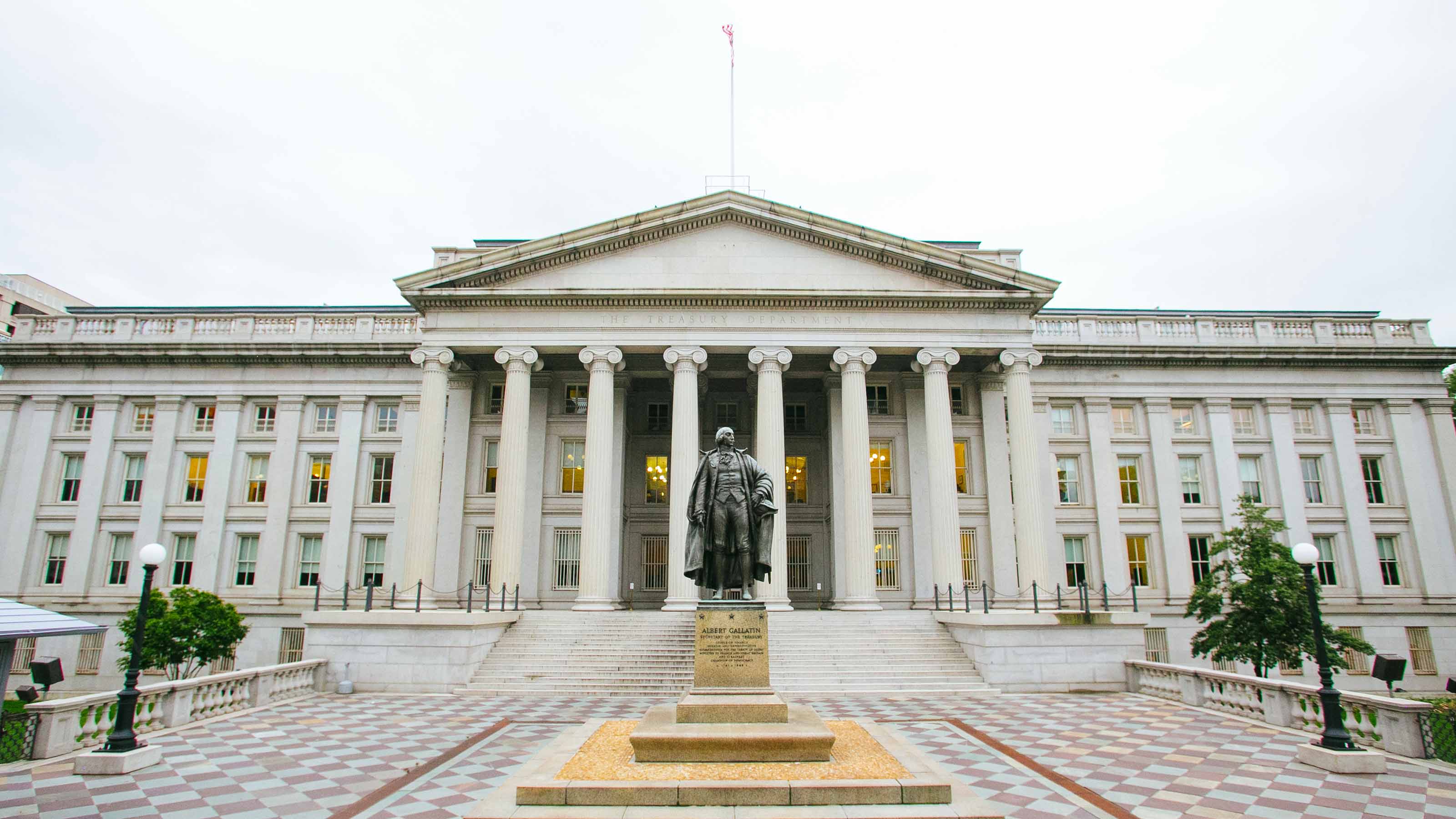What the New SEC Rules Mean for Your Money Market Funds
Don't fret the rumors. The funds individuals invest in will be safer than ever—and just as boring.

Money market mutual funds have become the Rodney Dangerfield of investments. They were created in the 1970s to allow individuals to capture market rates on their savings, rather than the meager yields held down by government caps (imposed since the Great Depression) on what insured banks and savings & loans could pay.
Older readers undoubtedly wistfully recall the days of the early 1980s when money funds showered income like manna from heaven. Average annual yields hit close to 17%. At that rate, $100,000 earned $17,000. (For those of you who are too young to remember, those numbers are not typos.)
Since then, of course, money funds have earned their way into the get-no-respect category with the miserly yields of 0.01% or 0.02%. Think about that: At one one-hundredth percent, $100,000 earns a whopping $10 a year—barely enough to trigger a 1099 report to the IRS.
From just $107.88 $24.99 for Kiplinger Personal Finance
Become a smarter, better informed investor. Subscribe from just $107.88 $24.99, plus get up to 4 Special Issues

Sign up for Kiplinger’s Free Newsletters
Profit and prosper with the best of expert advice on investing, taxes, retirement, personal finance and more - straight to your e-mail.
Profit and prosper with the best of expert advice - straight to your e-mail.
Although not insured, money funds are supposed to be boring, almost risk-free parking lots for cash. And, usually, they are, with their promise (although not a guarantee) to maintain a constant $1-per-share net asset value. But one day after Lehman Brother’s collapsed in 2008, the almost unimaginable happened. A giant money fund, the Reserve Primary Fund, “broke the buck,” and some shareholders cashed out for as little as 97 cents on the dollar. That was only the second time money fund investors lost money, and it hasn’t happened since.
So why are we writing about this six years later?
Because on October 14, new Securities and Exchange Commission rules go into effect with the aim of preventing such an event from ever happening again. There’s a lot of misinformation floating around about the rules. This story will set the record straight.
You have probably heard, for example, that one change demands that funds jettison the stable $1-a-share value and adopt a floating NAV. That means the share price could rise or fall every day depending on the actual value of the securities in the portfolio.
But that’s not completely accurate.
In fact, the floating-NAV rule does not go into effect for two years. And when it does, it will apply only to institutional funds—the ones corporations use to stash short-term cash.
It will not apply to retail money funds, the kind used by individual investors and which hold about $900 billion of the $2.6 trillion parked in money funds today. Nor will the rule apply to money funds that invest only in government securities. When the rule takes effect in 2016, covered funds will have to calculate their daily NAV to four decimal places—to one one-hundredth of a cent. Retail funds, the kind individuals use, will still be allowed to round to the nearest penny. That means a stable $1 NAV is as safe as ever because the very short-term nature of money fund investments means values are barely affected by daily changes in market rates.
Gates and Fees
Other changes that go into effect in 2016 will affect retail funds. If in times of financial stress a fund’s liquidity level falls below 30%, the directors of the fund will be able to use one of two new safety valves to prevent a run on the fund that might result in losses. The fund can either lower a “liquidity gate” to temporarily forbid withdrawals for up to 10 days or impose a withdrawal fee of 2%. The gate could not block withdrawals for more than 10 days out of any 90-day period. There’s no guarantee that either practice would prevent a fund from breaking the buck, but regulators believe the new rules—on top of changes imposed in 2010 to require higher credit standards and shorter maturities for money fund investments—make money funds safer than ever.
The Vanguard Prime money market fund (VMMXX) holds more than $100 billion, despite the fact that its current yield is just 0.01%. During the worst of the financial crisis in 2008, the fund’s liquidity status “never got close” to levels that would have triggered the new rules, according to Laura Merianos, an expert in fund group’s legal and compliance division. She says the most important thing retail investors need to know about the new SEC rules is this: “Their experience with money market funds will not change.”
Profit and prosper with the best of Kiplinger's advice on investing, taxes, retirement, personal finance and much more. Delivered daily. Enter your email in the box and click Sign Me Up.

-
 Why Public Markets Don't Look Like They Used To
Why Public Markets Don't Look Like They Used To -
 Turning 65 in 2026? Here Is Exactly How to Sign Up for Medicare
Turning 65 in 2026? Here Is Exactly How to Sign Up for MedicareWhether you’re months away from your 65th birthday or plan to work past retirement age, here are the steps to secure your Medicare coverage and avoid costly mistakes.
-
 A Free Tax Filing Option Has Disappeared for 2026: Here's What That Means for You
A Free Tax Filing Option Has Disappeared for 2026: Here's What That Means for YouTax Filing Tax season officially opens on January 26. But you'll have one less way to submit your tax return for free. Here's what you need to know.
-
 The Most Tax-Friendly States for Investing in 2025 (Hint: There Are Two)
The Most Tax-Friendly States for Investing in 2025 (Hint: There Are Two)State Taxes Living in one of these places could lower your 2025 investment taxes — especially if you invest in real estate.
-
 The Final Countdown for Retirees with Investment Income
The Final Countdown for Retirees with Investment IncomeRetirement Tax Don’t assume Social Security withholding is enough. Some retirement income may require a quarterly estimated tax payment by the September 15 deadline.
-
 How Inflation, Deflation and Other 'Flations' Impact Your Stock Portfolio
How Inflation, Deflation and Other 'Flations' Impact Your Stock PortfolioThere are five different types of "flations" that not only impact the economy, but also your investment returns. Here's how to adjust your portfolio for each one.
-
 Why I Still Won't Buy Gold: Glassman
Why I Still Won't Buy Gold: GlassmanOne reason I won't buy gold is because while stocks rise briskly over time – not every month or year, but certainly every decade – gold does not.
-
 Should You Use a 25x4 Portfolio Allocation?
Should You Use a 25x4 Portfolio Allocation?The 25x4 portfolio is supposed to be the new 60/40. Should you bite?
-
 Retirement Income Funds to Keep Cash Flowing In Your Golden Years
Retirement Income Funds to Keep Cash Flowing In Your Golden YearsRetirement income funds are designed to generate a reliable cash payout for retirees. Here are a few we like.
-
 10 2024 Stock Picks From An Investing Expert
10 2024 Stock Picks From An Investing ExpertThese 2024 stock picks have the potential to beat the market over the next 12 months.
-
 Why Investors Needn't Worry About U.S. Credit Downgrade
Why Investors Needn't Worry About U.S. Credit DowngradeFitch Ratings The United States saw its credit rating downgraded for just the second time in history, but experts aren't worried about the long-term damage to stocks.